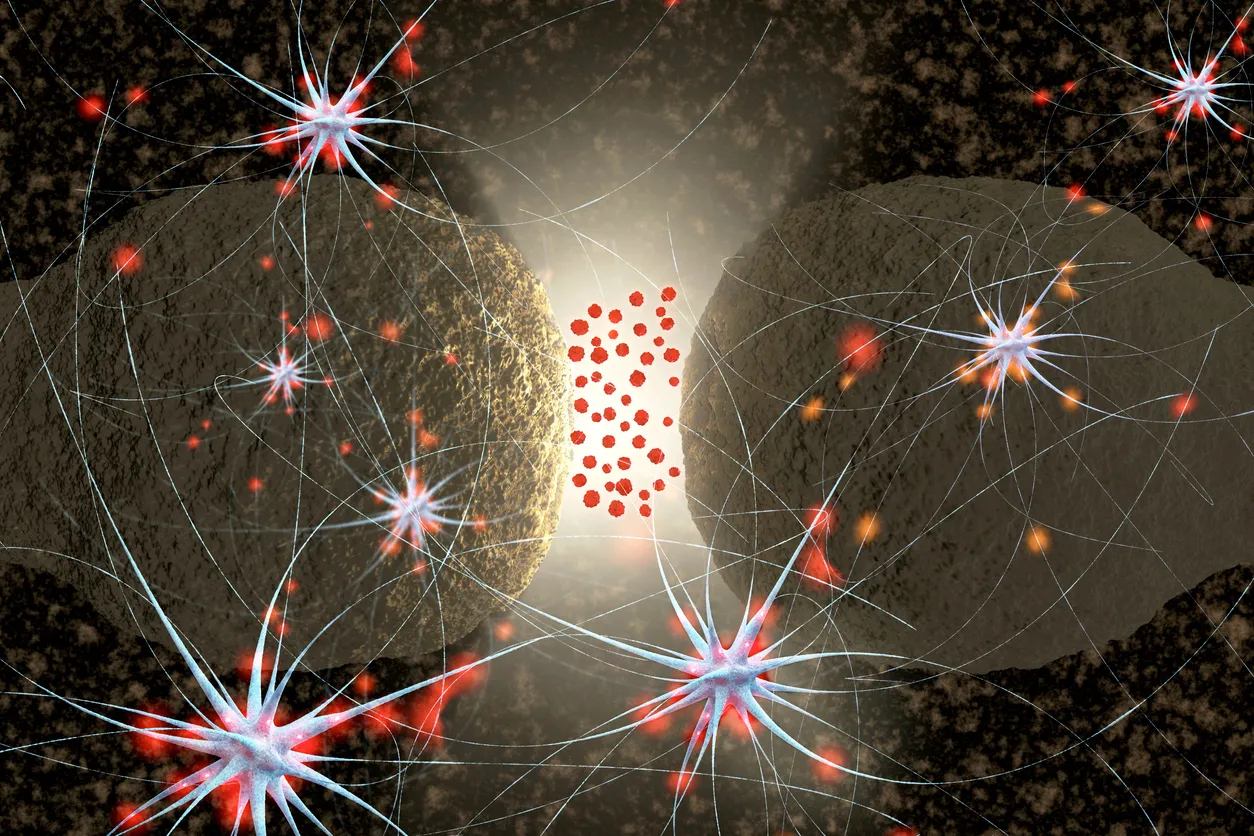Background and Aims
Histamine and histamine receptors plays a critical role in regulating gastrointestinal functions such as gastric acid production, intestinal motility, and mucosal ion secretion. While much of this understanding comes from animal studies, the expression and distribution of histamine receptors (HR) in the human gastrointestinal tract remain unclear. This study aimed to analyze the expression of HR in human gastrointestinal tissues using quantitative reverse transcription-polymerase chain reaction (RT-PCR) and immunostaining.
Methods
- HR Expression Analysis: HR expression was analyzed in human gastrointestinal tissue specimens using quantitative RT-PCR and immunostaining techniques.
- Patient Samples: Thirty-three individuals undergoing bowel resection due to gastrointestinal cancer provided samples from unaffected tissue. Additionally, endoscopic biopsies from patients with irritable bowel syndrome (IBS) and food allergies (FA) were compared with controls.
Results
- HR mRNA Expression: H1R, H2R, and H4R mRNA were expressed throughout the gastrointestinal tract, while H3R mRNA was absent. No significant differences in HR distribution were found between different anatomical sites.
- Immunostaining Results: H1R and H2R were present on ganglion cells of the myenteric plexus, epithelial cells, and intestinal fibroblasts. Immune cells expressed H1R, H2R, and low levels of H4R.
- HR Expression in Gastrointestinal Disorders: Elevated levels of H1R and H2R mRNA were observed in patients with IBS and FA compared to controls, indicating altered HR expression in these conditions.
Discussion
Histamine modulates immune functions and is a significant mediator of gastrointestinal activities. This study reveals that H1R, H2R, and H4R are expressed in the human gastrointestinal tract, while H3R is not. The presence of HR in various cell types, including immune cells and fibroblasts, underscores histamine’s role in gastrointestinal physiology.
Implications for Gastrointestinal Disorders
The study’s findings suggest that HR expression patterns are altered in patients with IBS and FA, potentially contributing to the symptoms of these conditions. This supports the idea that targeting HR may be beneficial in managing gastrointestinal disorders characterized by altered secretion and motility.
Conclusion
This research provides the first comprehensive analysis of HR expression in the human gastrointestinal tract, highlighting the absence of H3R and the presence of H1R, H2R, and H4R. The elevated expression of H1R and H2R in IBS and FA patients suggests that histamine plays a crucial role in these conditions, paving the way for potential therapeutic interventions targeting HR.
Visit our resources for more articles.




